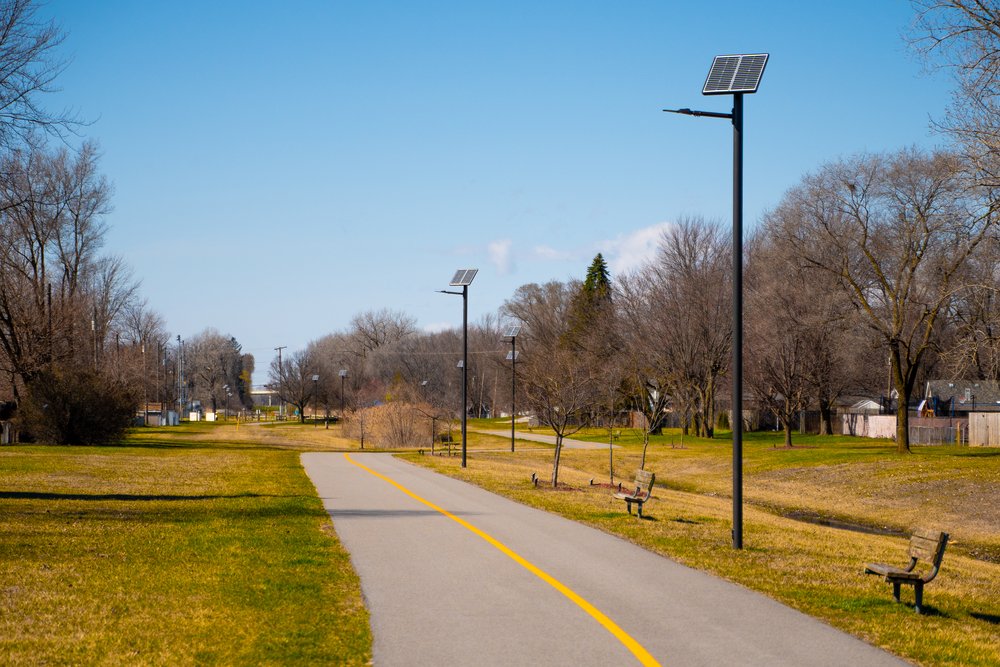
Solar Lighting as a Service (SLAAS)
Solar Lighting as a Service (SLaaS) is a financing option that allows developers to avoid all upfront costs for a solar lighting project, including design, equipment, and installation.
These costs, along with maintenance, are instead packaged as a single, streamlined service, which is transferred to the HOA or CDD at the time of hand-over and billed on a monthly basis. Developers pay nothing and communities get years of reliable, sustainable street lighting.

